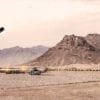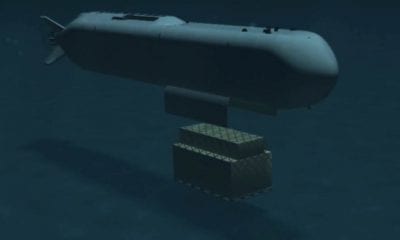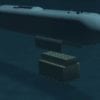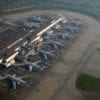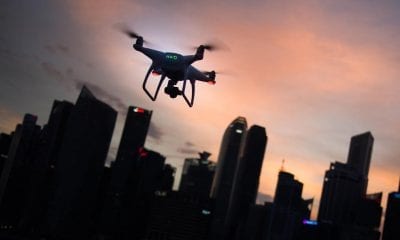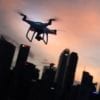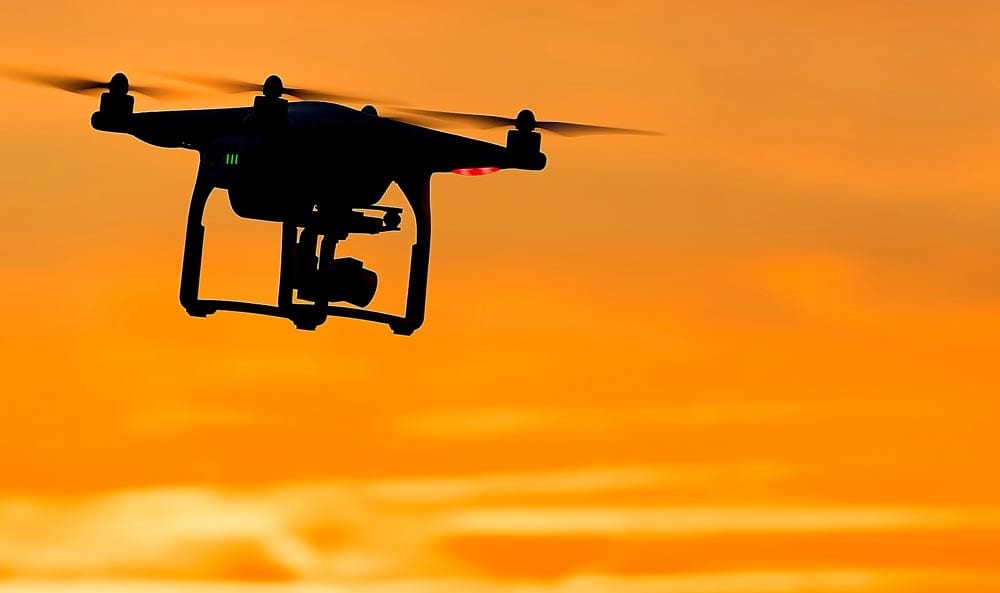
News
ISAR Analysis of Vehicles and Drones
Radar is an object-detection system that uses radio waves to determine the range, angle, or velocity of objects. It can be used to detect aircraft, ships, spacecraft, guided missiles, motor vehicles, weather formations, and terrain. The term RADAR, first coined in 1940 by the United States Navy, is as an acronym for RAdio Detection And Ranging.
Inverse synthetic aperture radar (ISAR) is a radar technique using Radar imaging to generate a two-dimensional high resolution image of a target. It is analogous to conventional SAR, except that ISAR technology utilizes the movement of the target rather than the emitter to create the synthetic aperture. ISAR radars have a significant role aboard maritime patrol aircraft to provide them with radar image of sufficient quality to allow it to be used for target recognition purposes. In situations where other radars display only a single unidentifiable bright moving pixel, the ISAR image is often adequate to discriminate between various missiles, military aircraft, and civilian aircraft.
A research article titled, “Wide-Angle, Ultra-Wideband ISAR Imaging of Vehicles and Drones“, published in MDPI sensors by two US based researchers; Chenchen J. Li and Hao Ling effectively explores the expansions made in this radar technology by a number of setups; and uses a literature review to come up with analytical methodologies that help with creating analytical models for the analysis of vehicles and drones and other moving targets at different speeds, patterns and varying paths using ISAR systems.
The literature review focuses specifically on one certain type of system developed by the United States Federal Communications Commission (FCC), the commercial Ultra-Wide Band (UWB) technology developed in 2002.
The aim of the publication is to test whether a higher resolution can be achieved compared to the UWB technology by only increasing synthetic aperture and motion compensation.
Why is high resolution in Radar outputs valuable?
The reason this publication is focused on achieving an equal or higher resolution of two dimensional images compared to the UWB by an alternate, financially cheaper and safe radar technique would be that resolution delivered by an ISAR system is synonymous with the accuracy of the Radar system; the implication of which is that a Radar system’s application in security and surveillance setups can be improved with the achievement of a higher resolution.
How was the increase in aperture and adjustment of motion compensation performed?
The primary changes the affects of which were to be observed and compared to UWB were the increase in synthetic aperture and the adjustment or tweaking of motion compensation.
Measurement setup:
The problem is a little complicated if the vehicle range is not known and needs to be estimated from the measured range profile data. To collect the data, the PulsON 410 (P410) UWB transceiver is used as a mono-static radar. The sampling rate for consecutive range profiles is chosen such that:
- It is greater than the Doppler extent of the target to ensure no Doppler aliasing occurs, and
- It is as low as possible to maximize the number of coherent pulse integration to reduce noise.
Motion compensation:
- A Fourier transform is used to convert data to time domain that was in turn used to understand and predict the movement or path of a moving vehicle.
- Centroid of a turntable used with ISAR as well as a cost function was defined mathematically to account for different factors involved with prediction of a dynamic vehicle.
These mathematical relations effectively help track the motion of a vehicle or any object observable by the ISAR.
Vehicle Measurement:
Using the measurement setup and the mathematical motion tracking models described above, the researchers tested their developed radar system. Their measurements were statistically successful, as a 4.8 m x 1.83 m was detected as 4.68 m x 1.82 m in dimensions.

The measurements mentioned above are for a moving car; similar measurement setups were established that were to tune the Radar for working effectively such that it would be able to track the motion of a drone, which can random and abrupt. So the same measurement setups and motion compensation models were refined to address the problems raised by observing the movement of a drone.
The publication concluded that an increase in synthetic aperture can achieve a higher resolution than UWB given that the “motion compensation is properly addressed.”
Citation: Li, C.J.; Ling, H. “Wide-Angle, Ultra-Wideband ISAR Imaging of Vehicles and Drones”. Sensors 2018, 18, 3311. https://doi.org/10.3390/s18103311


